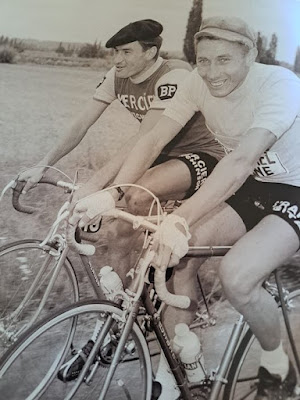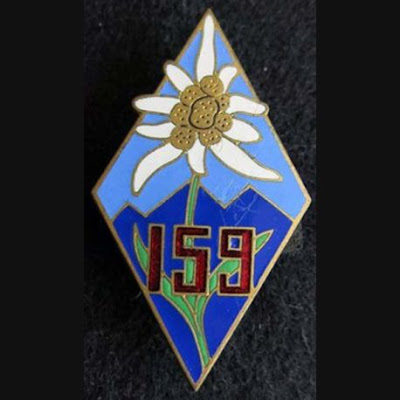Carei Thomas' career got its start in Pittsburgh, Pennsylvania where he took piano lessons and was influenced by the culturally diverse Hill District.

Carei's family moved to Chicago during his teenage years.
While in high school, he formed a doo-wop group and continued expanding his
artistry through an interest in spontaneous vocal composition. In 1959, Carei
met Gregory "Duke" Hall who was staying on Chicago's West Side where
Carei lived.
 |
| Carei Thomas, Todd Harper, guest Brian Roessler and Paul Cantrell shown at the 2012 Studio Z performance |
In the late 1960's, Carei sat-in on piano with Dexter Gordon and Art Taylor in Paris and in 1972, Carei moved to Minneapolis and briefly studied composition at the University of Minnesota. He then began developing several controlled improvisational concepts he called "Brief Realities".

In the 1980's, Carei worked on other evolutions of
controlled improvisations, became interested in the healing aspects of sound
and color, and in having his artform be more than a performer/spectator one
with "down to earth" functionality. In the 1990's, Carei added to his
work the "smoke and mirrors" of acoustical and electronic music
considerations, which he called Phononomalies. He liked developing these tonal
fabrics (sound designs) to use them as a canvas accommodating the collaborative
endeavors of poetry, spoken work, dance, video, visual artforms, theatre, etc.
along with their closest friend ... Silence.

In 1993, Carei became seriously ill with Guillain-Barré
Syndrome and was hospitalized and in physical rehabilitation until 1995.
However, he continued to create and has adapted his hands to produce chords
much like the ones before he was paralyzed.





.jpg)
































